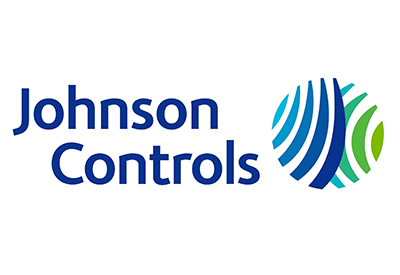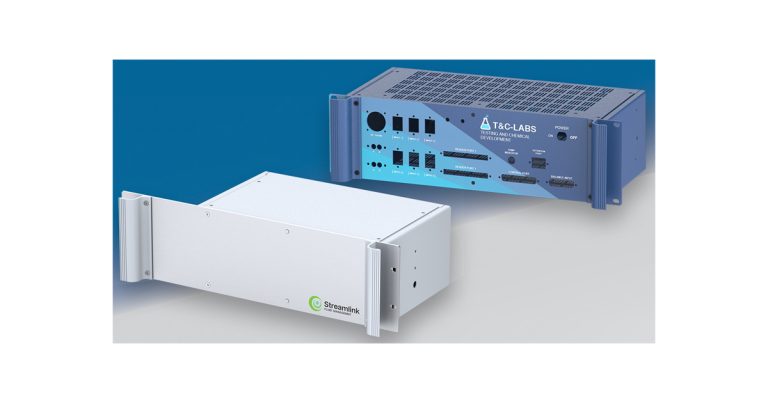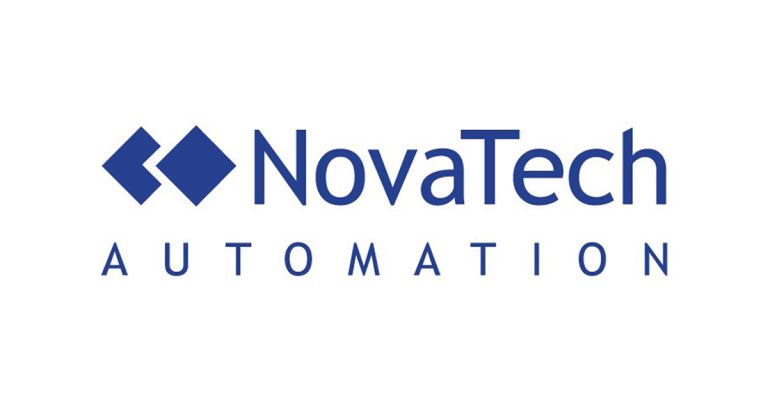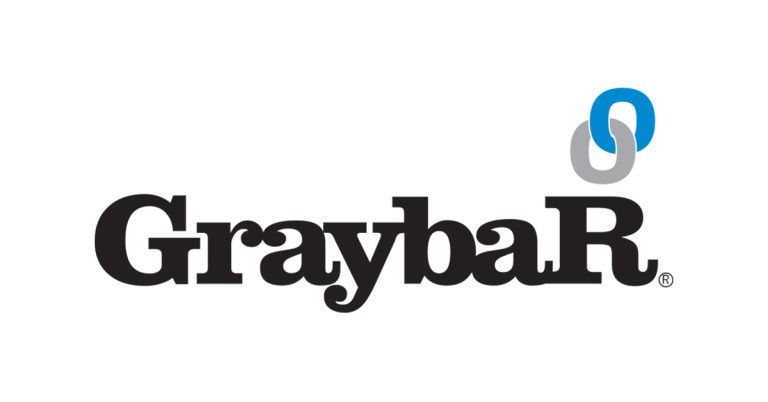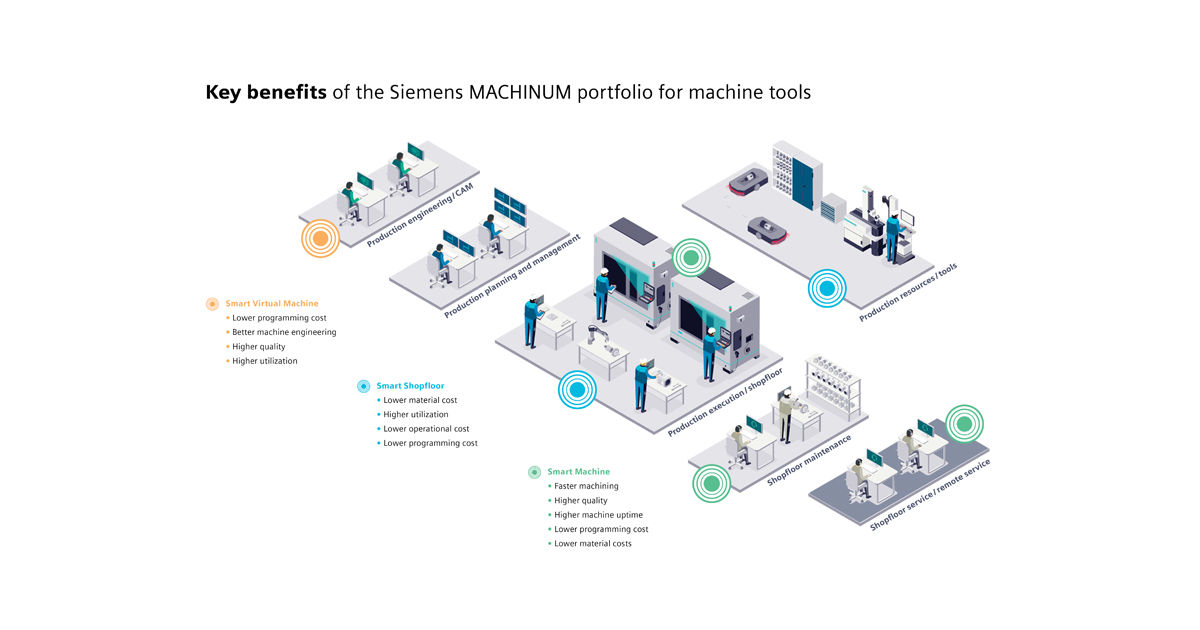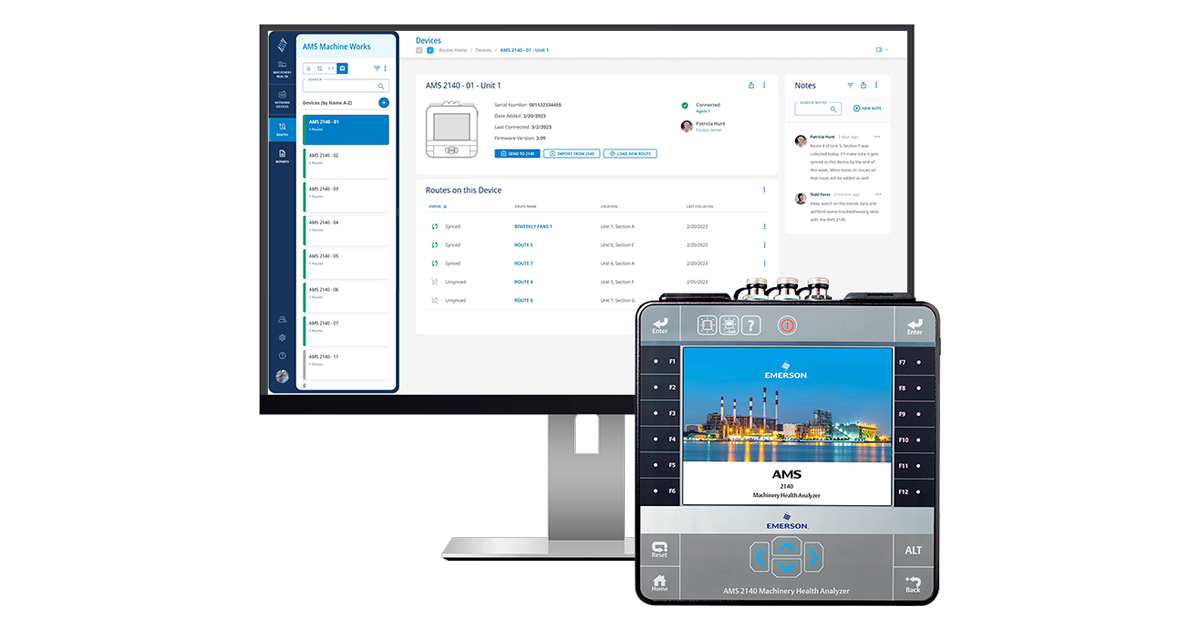How Protocol Gateways Enable Digital Transformation of Smart Grids
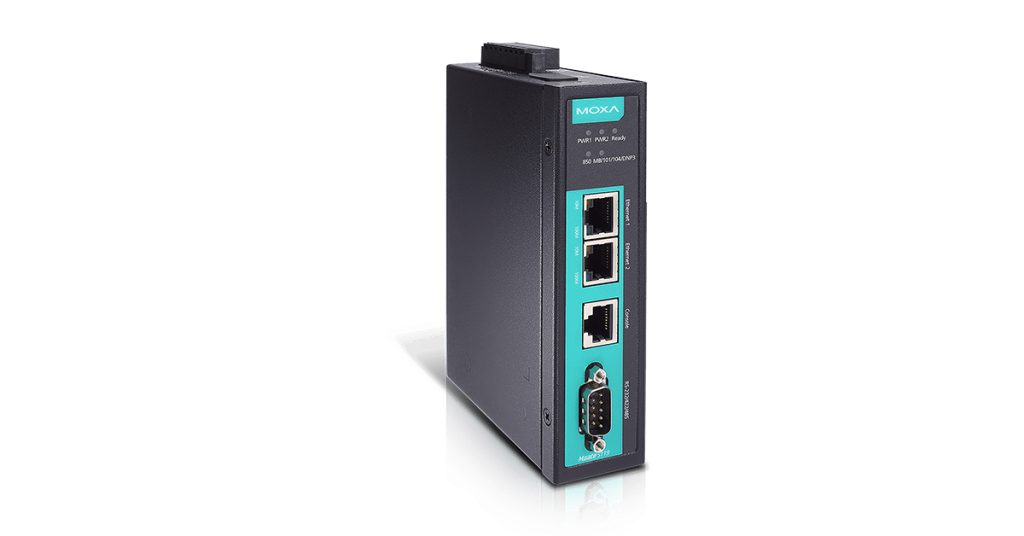
January 8, 2024
By Kuru Kuruvilla, Industry Marketing Manager, Moxa
Digital transformation is converting outdated utility infrastructure into smart grids as the race to achieve net zero carbon emissions picks up speed. This model aims to improve energy management by collecting and analyzing data in real-time. However, maintaining a smart grid’s smooth operation is no easy feat, which has engineers scrambling for ways to enable timely notifications, data analysis, and acquisition among complex subsystems.
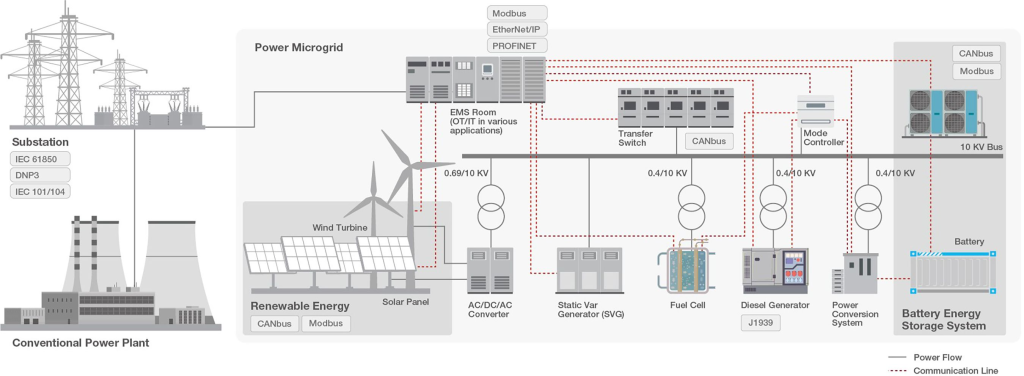
Challenges and Solutions
A smart grid is a vast system comprising multiple subsystems, ranging from traditional power generation, renewable energy sources, and transmission and distribution networks to digital substations, microgrids, and energy storage systems. Each subsystem has its own characteristics and requirements, including power distribution control, power monitoring, energy storage management, and more.
The challenge arises from the diverse communication protocols used among these subsystems. For instance, feeder lines commonly use IEC 61850, DNP3, or IEC 101/104, while meters rely on Modbus, renewable energy systems utilize CANbus, and backup power employs J1939. Unifying all this data poses a complex problem.
In this scenario, effective protocol conversion and data integration become crucial. This is typically done with programmable logic controllers (PLCs), but it is more costly and complex because PLCs require extensive programming. Industrial computers are another option, but such a solution demands expertise in numerous communication protocols. Even after the system has been operating for a while, potential problems can still occur, so installing diagnostics and troubleshooting tools on location is required. Furthermore, the solution must comply with cybersecurity requirements and the hardware robust enough across various environmental conditions.
Protocol gateways have proven to be an effective solution. They facilitate protocol conversion through simple configuration, eliminating the need for complex programming. Therefore, it is possible to accomplish data integration and system communication even without extensive programming knowledge. Here are a few features to look for:
Remote Troubleshooting
In a smart grid, many devices are in remote locations. Remote access and troubleshooting are crucial to minimize the time spent sending out staff to resolve issues on-site. Protocol gateways provide built-in tools for troubleshooting, significantly reducing the time needed for fault diagnosis while also cutting the cost of external debugging tools.
The Importance of Security
Because remote connections to protocol gateways are possible, security becomes paramount. Protocol gateways need to provide secure connection features, including HTTPS and SSH connections, strict account and password management, and event log recordings. These features can mitigate potential risks of hacker attacks and ensure system security.
Reliability in Harsh Environments
Equipment in smart grids typically operates in harsh environments. Therefore, protocol gateways need to be designed for ruggedness. This includes resistance to wide temperature ranges and electromagnetic interference to ensure the overall reliability of the system. You can consider adding something about fiber options as well as dual redundant power inputs and relay outputs provide added flexibility in challenging applications.
Easy Configuration via Web Console
Quick setup guides make configuration faster and more cost efficient. With Quick Setup, like that featured on the Moxa MGate Series of Ethernet Gateways, you can easily access protocol conversion modes and finish the configuration in a few steps. These gateways also support Auto Detection for DNP3 serial outstations, allowing the protocol gateway to automatically acquire all outstation objects when configured as a DNP3 master.
Modbus and DNP3 Protocol Traffic Monitor
Troubleshooting, especially during the installation stage, is crucial to minimizing downtime. Communication issues are frequently caused by incorrect software parameters such as slave ID and register address or incorrect command configuration. If your gateway supports Modbus/DNP3 Protocol Traffic Monitor, you can check the captured data and easily identify the root cause.
Remote Maintenance Functions
Protocol gateways should provide a web and Telnet console for remote maintenance. Support for encryption communication functions, including HTTPS and SSH, ensure better network security. In addition, look for gateways with firmware log functions that can record connection events and Modbus maintenance events.
Conclusion
In the era of smart grids, protocol gateways play a pivotal role in facilitating smooth data flow between different systems. Because of the various communication protocols used among the different subsystems that make up the electrical grid, effective protocol conversion and seamless data communication are essential to fully realizing smart grid potential.
Protocol gateways allow for easy protocol conversion through simple configuration, remote troubleshooting, and system security. The application of this technology will contribute to achieving smarter, more efficient energy management, transforming the way electricity is delivered around the world.
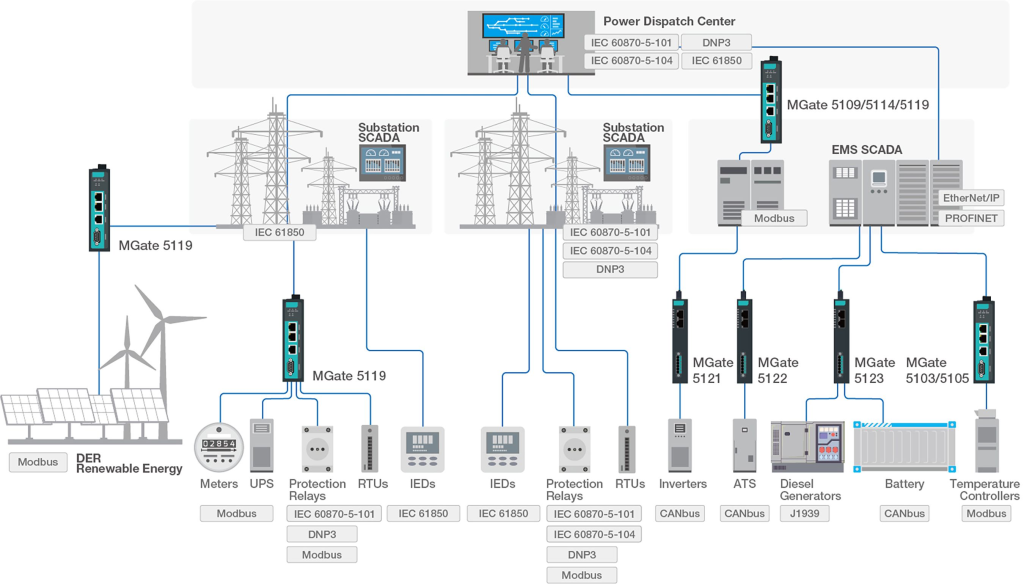

www.moxa.com/en/spotlight/protocol-gateways/iec-61850-gateway/index



